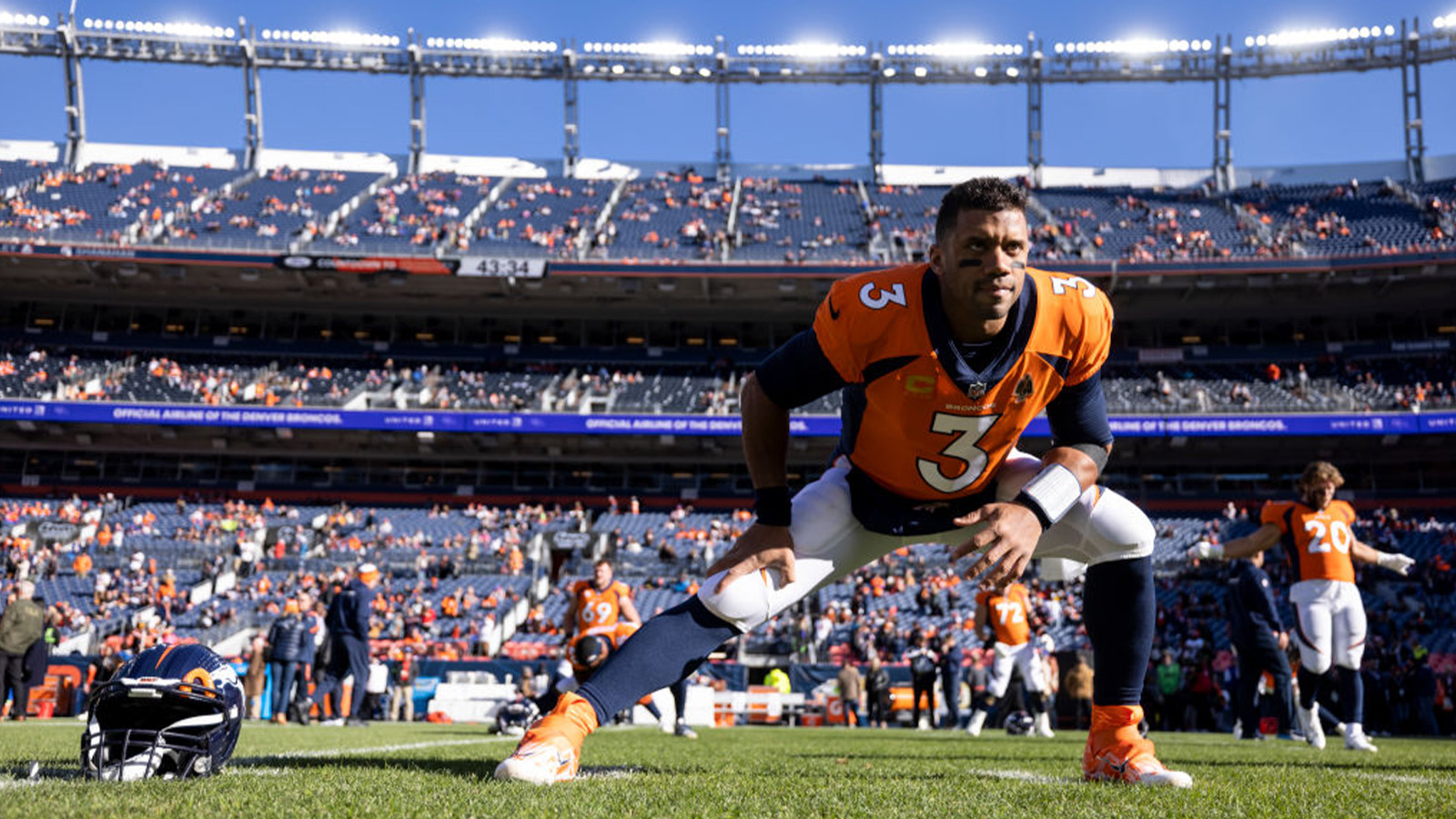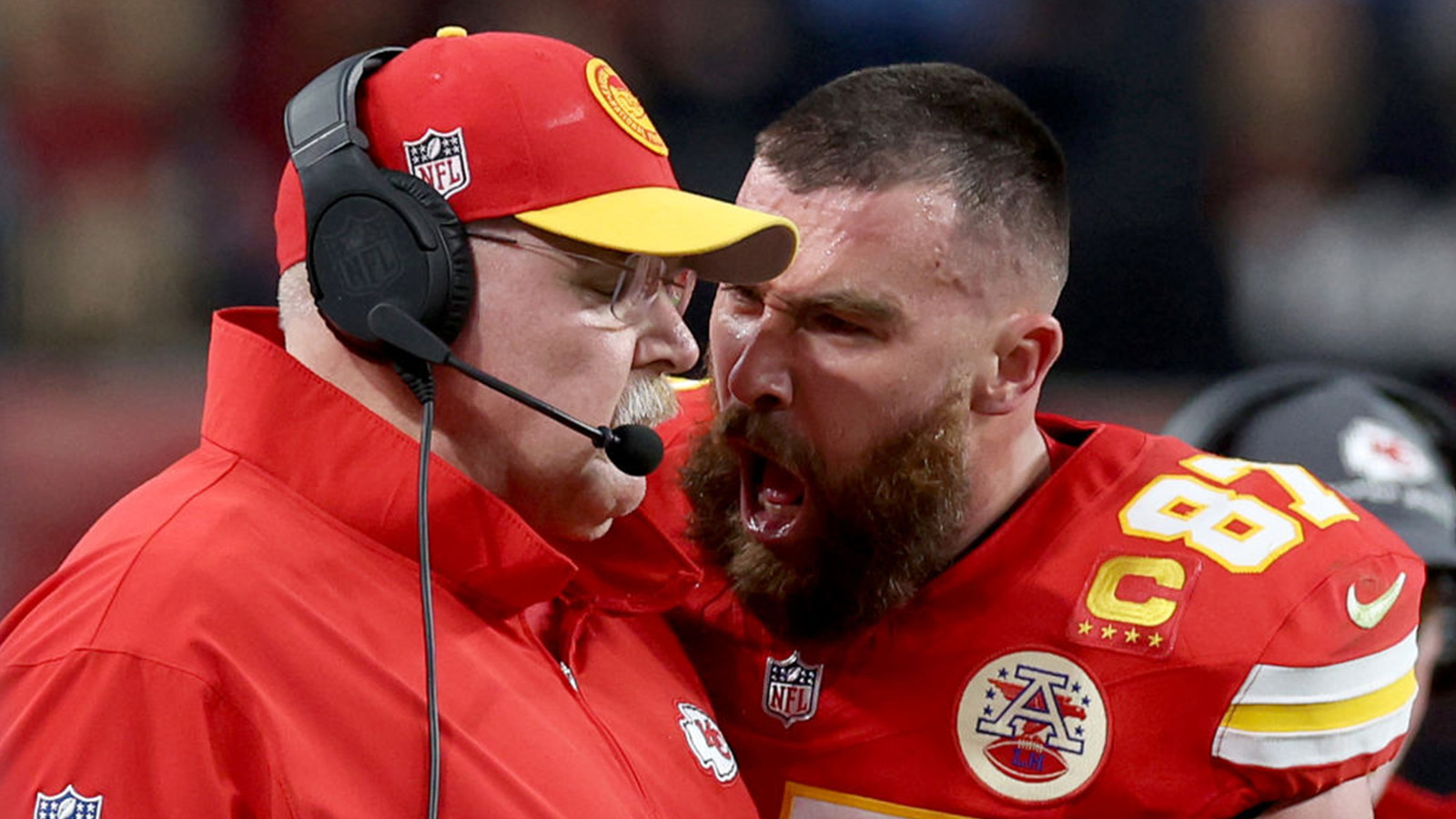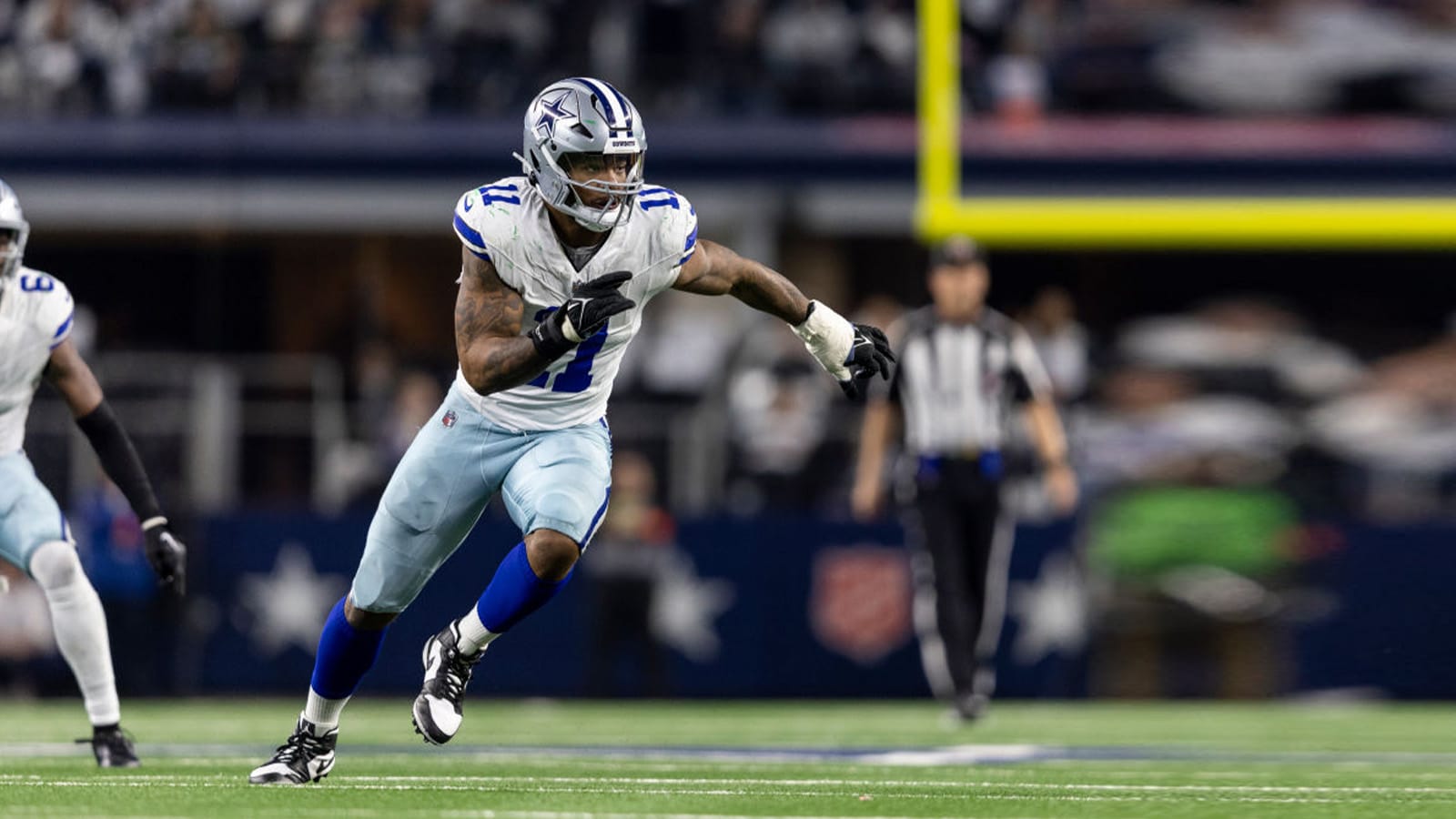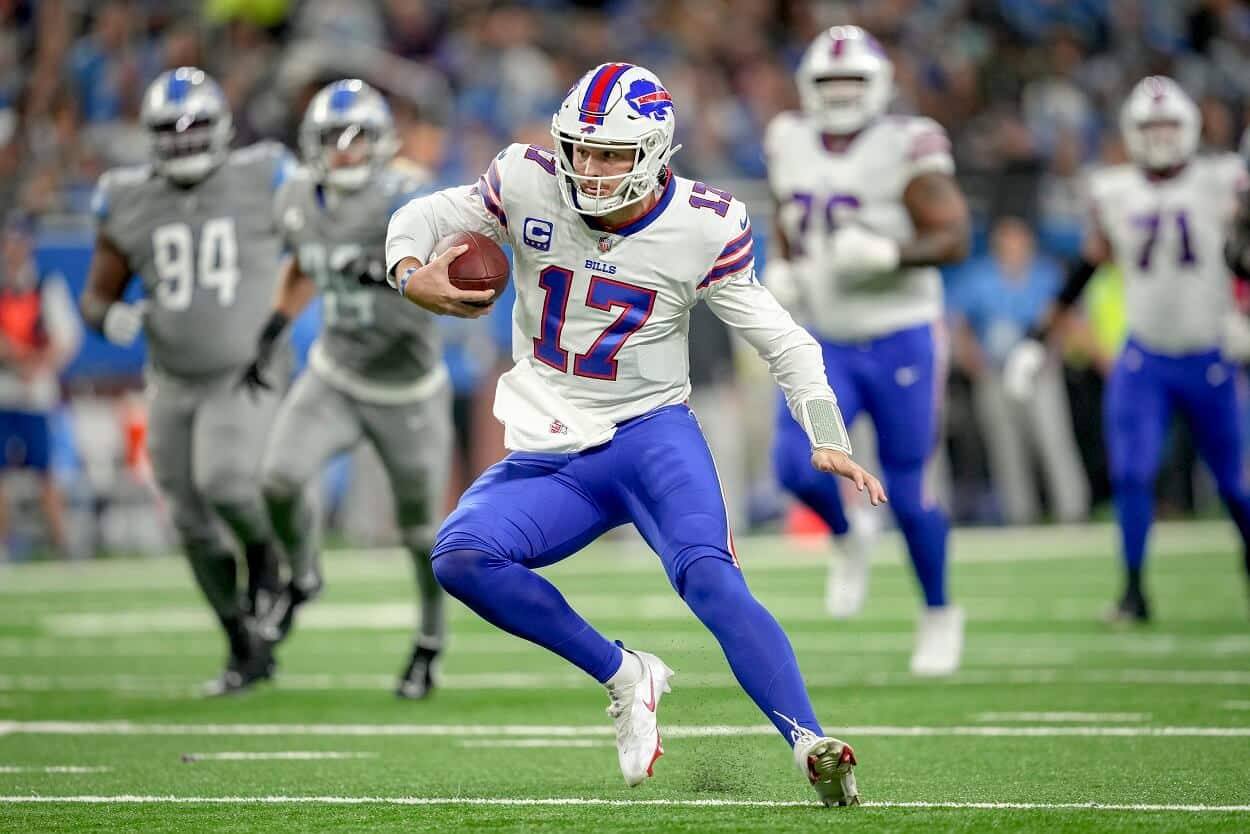
What Is RPO? Breaking Down the NFL’s Complicated Relationship With a Compelling College Football Concept
In a sport full of acronyms, no three letters cause more headaches for defensive coaches than “RPO.” Made famous at the college level, this unique offensive concept has become more prevalent in NFL playbooks in recent years. Designed to put pressure on defensive players to read and react quickly, the RPO can be an incredibly effective way to generate big plays and points in a hurry.
However, there are also downsides to operating a scheme that undoubtedly leads to more hits on the quarterback. And even though stars like Lamar Jackson and Jalen Hurts have experienced tremendous success running RPO-based offenses in college and the pros, the NFL rulebook remains a roadblock in allowing the system to fully flourish.
So, what exactly makes the RPO so intriguing for offensive coordinators? Let’s take a deeper look at the history of the run-pass option in the NFL, starting with a key change at the college level that has led to a drastic shift in the way coaches attack offenses.
The rise of the run-pass option
What may have seemed like a minor rule change in 2009 opened the door for the run-pass option to become the foundation of some of the most successful offenses in college football history. The NCAA revised the illegal man downfield penalty to allow linemen to advance three yards downfield prior to a forward pass being thrown. Unsurprisingly, college coaches quickly found a way to exploit that new two-yard advantage.
Enter the run-pass option.
While Tim Tebow had already shown the college football world the upside of an RPO-centric offense at Florida dating back to 2006, he simply set the stage for other signal-callers to shine in similar systems. From Oregon’s Marcus Mariota to Louisville’s Lamar Jackson to Clemson’s Trevor Lawrence, a number of future first-round NFL draft picks put up prolific stats at their respective schools thanks in large part to the power of the RPO.
Ironically, one of its most outspoken critics eventually turned the tide before it got too late. Despite expressing his displeasure with the rise of the RPO at the college level, Nick Saban adapted to the times. After relying on game-manager types for most of his career at Alabama, Saban took things in a different direction by having athletic quarterbacks like Jalen Hurts, Tua Tagovailoa, and Bryce Young operate a vastly different type of offense than their predecessors.
Clearly compelling enough to captivate the attention of the legendary Crimson Tide head coach, the RPO unsurprisingly went from a college-only concept to an NFL-friendly idea.
Cam Newton took the creative college concept to new heights in Carolina
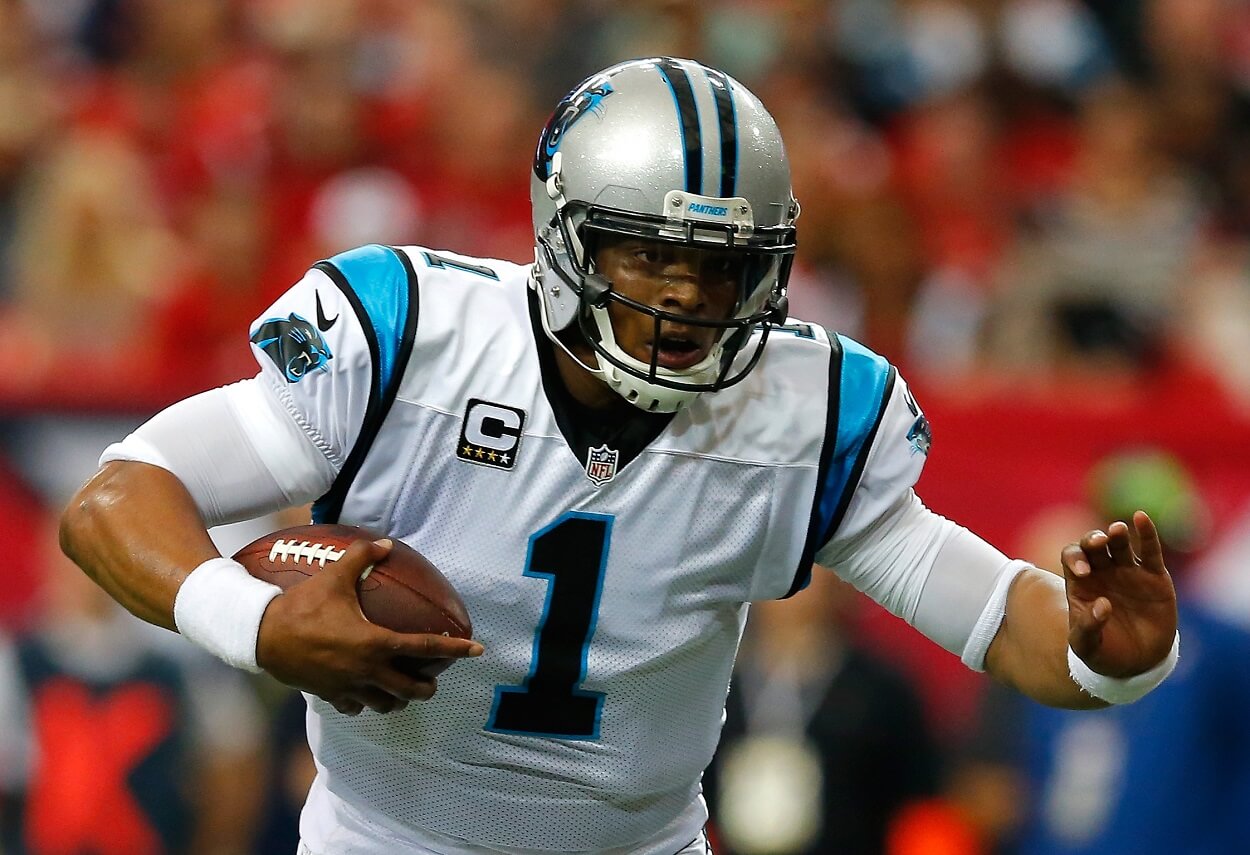
While there have been plenty of dual-threat quarterbacks over the years, Cam Newton can take credit for being the first to truly showcase the potential of the RPO at the pro level. Of course, he entered the league as the No. 1 overall pick after winning the Heisman Trophy and leading Auburn to a national championship while running an option-based attack. And it didn’t take long for NFL defenders to realize they were dealing with a different beast in the form of the 6-foot-5, 245-pound signal-caller.
Newton’s rare blend of size, strength, and speed allowed him to rack up 14 rushing touchdowns as a rookie. Meanwhile, he utilized his powerful right arm to pile up 4,051 yards and 21 touchdowns through the air. Four seasons later, the former collegiate star captured MVP honors after accounting for 45 total touchdowns.
Although Newton’s success sparked more coaches to explore the RPO world, it’s fair to point out that the Panthers did not win a Super Bowl utilizing that system. Neither did the Philadelphia Eagles under Chip Kelly, who infamously flopped at the NFL level following a highly successful four-year stint at Oregon that included a stellar 46-7 record.
Still, the difficulties presented by the RPO can’t be ignored. Defensive ends and linebackers have to choose between attacking the quarterback or the running back–a decision that can lead to a huge play for the offense. A wrong decision can leave a quarterback with a wide-open lane to take off. Or, pulling the ball back after getting defenders to bite on the fake can create huge throwing windows in the passing game.
NFL rules have held the RPO back from reaching its full potential at the pro level
You’ll see plenty of NFL teams employing RPO concepts on any given Sunday. Yet there’s still a stark difference in its usage in college compared to the pros.
The main reason NFL teams don’t utilize it as prevalently boils down to the illegal man downfield rule, which penalizes an ineligible receiver for being more than one yard in front of the line of scrimmage when a ball is thrown. A violation of the rule results in a five-yard penalty and a replay of the previous down.
Naturally, that leads to more quick-hitting throws — and less time for blockers to get into space.
Many of the league’s best offenses are built around RPO-friendly quarterbacks
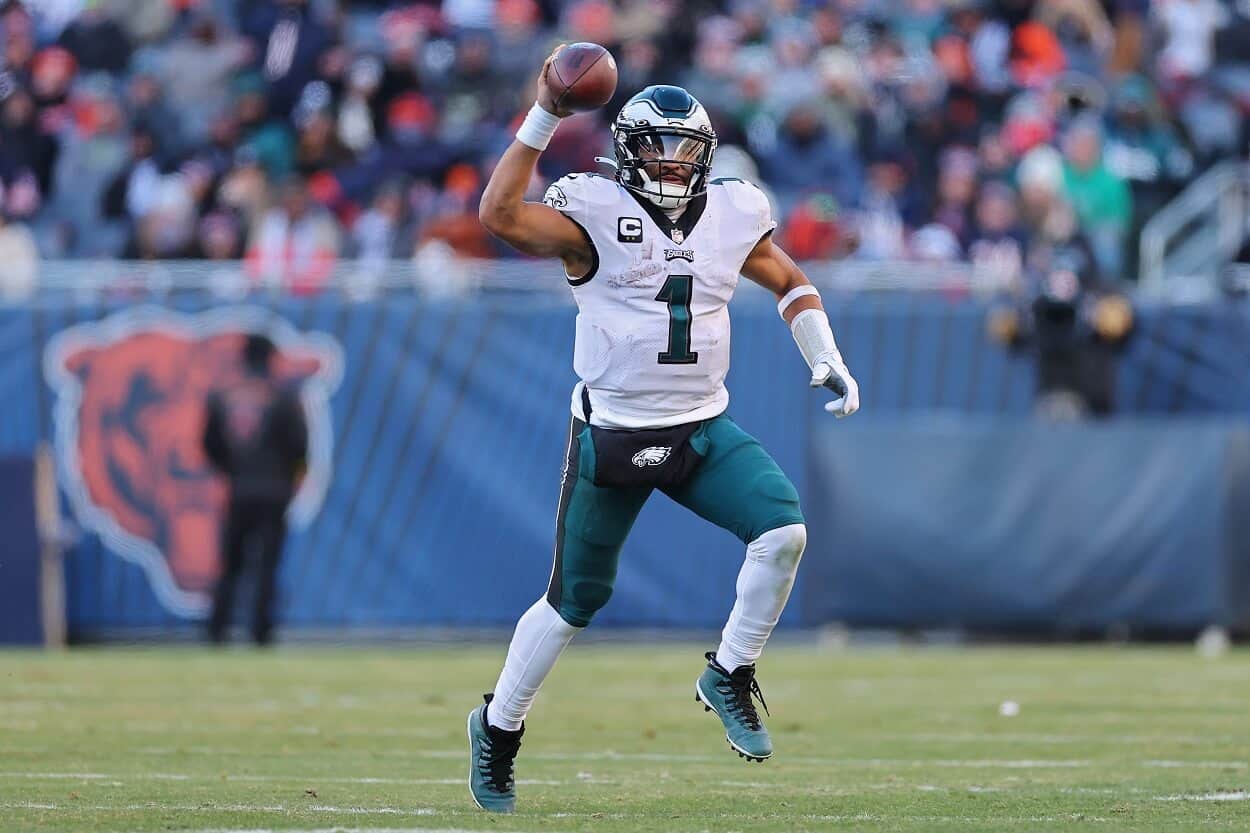
Even with the limits of the illegal man downfield penalty, plenty of modern-day NFL offenses rely on the run-pass option. In fact, many of the league’s most prominent young quarterbacks have risen to stardom thanks to the RPO.
Patrick Mahomes, arguably the most talented quarterback of all time, doesn’t have the same wheels as an in-his-prime Newton or Kyler Murray, but he does have the requisite athleticism to threaten defenses as a runner. Kansas City Chiefs head coach Andy Reid, a brilliant play designer who empowers his players, finally won his first Super Bowl title thanks in large part to mixing in more RPO concepts that took advantage of the terrific trio of Mahomes, Tyreek Hill, and Travis Kelce.
In Cincinnati, Joe Burrow has also blossomed into an elite quarterback by mastering the nuances of the option play. Again, he’s not a burner, but he has underrated athleticism that makes him a threat with the ball in his hands. Meanwhile, Bengals head coach Zac Taylor has figured out a way to get the best out of an uber-talented group of skill players that includes All-Pro wideout Ja’Marr Chase.
Two of the AFC’s other superstar quarterbacks, Josh Allen and Trevor Lawrence, also shine as leaders of RPO-friendly attacks. Ditto for Tua, who looked like a legitimate Pro Bowler before injuries derailed his third season in Miami.
Finally, you can’t talk about the RPO in the NFL without shining the spotlight on Jalen Hurts. With improved weapons, a new head coach, and a creative scheme catered to his strengths, the former Alabama transfer cemented his status as the Eagles’ franchise quarterback and one of the league’s best overall players by racking up 3,701 passing yards, 760 rushing yards, and 35 total touchdowns in his second season as a full-time starter.
Needless to say, if Hurts and his peers continue to put up those types of numbers, the RPO will only become more popular in the NFL.
